SLOS275E January 2000 – November 2016 TPA0211
PRODUCTION DATA.
- 1 Features
- 2 Applications
- 3 Description
- 4 Revision History
- 5 Device Comparison Table
- 6 Pin Configuration and Functions
- 7 Specifications
- 8 Parameter Measurement Information
- 9 Detailed Description
- 10Application and Implementation
- 11Power Supply Recommendations
- 12Layout
- 13Device and Documentation Support
- 14Mechanical, Packaging, and Orderable Information
7 Specifications
7.1 Absolute Maximum Ratings
over operating free-air temperature range (unless otherwise noted)(1)| MIN | MAX | UNIT | ||
|---|---|---|---|---|
| Supply voltage, VDD | 6 | V | ||
| Input voltage, VI | –0.3 | VDD + 0.3 | V | |
| Continuous total power dissipation | Internally limited (see Dissipation Ratings) |
|||
| Lead temperature, 1.6 mm (1/16 inch) from case (10 s) | 260 | °C | ||
| Operating junction temperature, TJ | –40 | 150 | °C | |
| Storage temperature, Tstg | –65 | 150 | °C | |
(1) Stresses beyond those listed under Absolute Maximum Ratings may cause permanent damage to the device. These are stress ratings only, which do not imply functional operation of the device at these or any other conditions beyond those indicated under Recommended Operating Conditions. Exposure to absolute-maximum-rated conditions for extended periods may affect device reliability.
7.2 ESD Ratings
| VALUE | UNIT | |||
|---|---|---|---|---|
| V(ESD) | Electrostatic discharge | Human-body model (HBM), per ANSI/ESDA/JEDEC JS-001(1) | ±4000 | V |
| Charged-device model (CDM), per JEDEC specification JESD22-C101(2) | ±1000 | |||
(1) JEDEC document JEP155 states that 500-V HBM allows safe manufacturing with a standard ESD control process.
(2) JEDEC document JEP157 states that 250-V CDM allows safe manufacturing with a standard ESD control process.
7.3 Recommended Operating Conditions
over operating free-air temperature range (unless otherwise noted)| MIN | NOM | MAX | UNIT | ||||
|---|---|---|---|---|---|---|---|
| VDD | Supply voltage | 2.5 | 5.5 | V | |||
| VIH | High-level input voltage | SE/BTL | VDD = 3 V | 2.7 | V | ||
| VDD = 5 V | 4.5 | ||||||
| SHUTDOWN | 2 | ||||||
| VIL | Low-level input voltage | SE/BTL | VDD = 3 V | 1.65 | V | ||
| VDD = 5 V | 2.75 | ||||||
| SHUTDOWN | 0.8 | ||||||
| TA | Operating free-air temperature | –40 | 85 | °C | |||
7.4 Thermal Information
| THERMAL METRIC(1) | TPA0211 | UNIT | |
|---|---|---|---|
| DGN (MSOP-PowerPAD) | |||
| 8 PINS | |||
| RθJA | Junction-to-ambient thermal resistance | 51.9 | °C/W |
| RθJC(top) | Junction-to-case (top) thermal resistance | 41.9 | °C/W |
| RθJB | Junction-to-board thermal resistance | 30.5 | °C/W |
| ψJT | Junction-to-top characterization parameter | 1.5 | °C/W |
| ψJB | Junction-to-board characterization parameter | 30.2 | °C/W |
| RθJC(bot) | Junction-to-case (bottom) thermal resistance | 6 | °C/W |
(1) For more information about traditional and new thermal metrics, see the Semiconductor and IC Package Thermal Metrics application report.
7.5 Electrical Characteristics – 3 V
VDD = 3 V and TA = 25°C (unless otherwise noted)| PARAMETER | TEST CONDITIONS | MIN | TYP | MAX | UNIT | ||
|---|---|---|---|---|---|---|---|
| |VOO| | Output offset voltage (measured differentially) | SE/BTL = 0 V, SHUTDOWN = 2 V, RL = 8 Ω, inputs floating |
30 | mV | |||
| IDD(BTL) | Supply current, BTL mode | SE/BTL = 1.375 V, SHUTDOWN = 2 V, VDD = 2.5 V | 4 | 6 | mA | ||
| IDD(SE) | Supply current, SE mode | SE/BTL = 2.25 V, SHUTDOWN = 2 V, VDD = 2.5 V | 2 | 4 | mA | ||
| IDD(SD) | Supply current, shutdown mode |
SE/BTL = 3 V, SHUTDOWN = 0 V | 1 | 10 | µA | ||
| |IIH| | High-level input current | VDD = 3.3 V, VI = VDD | SHUTDOWN | 1 | µA | ||
| SE/BTL | 1 | ||||||
| |IIL| | Low-level input current | VDD = 3.3 V, VI = 0 V | SHUTDOWN | 1 | µA | ||
| SE/BTL | 1 | ||||||
| RF | Feedback resistor | SE/BTL = 0 V, SHUTDOWN = 2 V, VDD = 2.5 V, RL = 4 Ω |
45 | 50 | 60 | kΩ | |
| OPERATING CHARACTERISTICS, RL = 4 Ω | |||||||
| PO | Output power | THD = 1%, BTL mode, f = 1 kHz | 660 | mW | |||
| THD = 0.1%, SE mode, f = 1 kHz, RL = 32 Ω | 33 | ||||||
| THD+N | Total harmonic distortion plus noise |
PO = 500 mW, f = 20 Hz to 20 kHz | 0.3% | ||||
| BOM | Maximum output power bandwidth | Gain = 2, THD = 2% | 20 | kHz | |||
| SNR | Signal-to-noise ratio | 88 | dB | ||||
| Vn | Output noise voltage | CB = 0.47 µF, f = 20 Hz to 20 kHz |
BTL mode, RL = 8 Ω,AV = 8 dB | 65 | µVRMS | ||
| SE mode, RL = 32 Ω, AV = 2 dB | 25 | ||||||
7.6 Electrical Characteristics – 5 V
VDD = 5 V and TA = 25°C (unless otherwise noted)| PARAMETER | TEST CONDITIONS | MIN | TYP | MAX | UNIT | ||
|---|---|---|---|---|---|---|---|
| |VOO| | Output offset voltage (measured differentially) | SE/BTL = 0 V, SHUTDOWN = 2 V, RL = 8 Ω, inputs floating |
30 | mV | |||
| IDD(BTL) | Supply current, BTL mode | SE/BTL = 2.75 V, SHUTDOWN = VDD | 4 | 6 | mA | ||
| IDD(SE) | Supply current, SE mode | SE/BTL = 4.5 V, SHUTDOWN = VDD | 2 | 4 | mA | ||
| IDD(SD) | Supply current, shutdown mode |
SE/BTL = 5 V, SHUTDOWN = 0 V | 1 | 10 | µA | ||
| |IIH| | High-level input current | VDD = 5.5 V, VI = VDD | SHUTDOWN | 1 | µA | ||
| SE/BTL | 1 | ||||||
| |IIL| | Low-level input current | VDD = 5.5 V, VI = 0 V | SHUTDOWN | 1 | µA | ||
| SE/BTL | 1 | ||||||
| OPERATING CHARACTERISTICS, RL = 4 Ω | |||||||
| PO | Output power | THD = 1%, BTL mode, f = 1 kHz | 2 | W | |||
| THD = 0.1%, SE mode, f = 1 kHz, RL = 32 Ω | 92 | mW | |||||
| THD+N | Total harmonic distortion plus noise |
PO = 1.5 W, f = 20 Hz to 20 kHz | 0.2% | ||||
| BOM | Maximum output power bandwidth | Gain = 2.5, THD = 2% | 20 | kHz | |||
| SNR | Signal-to-noise ratio | 93 | dB | ||||
| Vn | Output noise voltage | CB = 0.47 µF, f = 20 Hz to 20 kHz |
BTL mode, RL = 8 Ω, AV = 8 dB |
65 | µVRMS | ||
| SE mode, RL = 32 Ω, AV = 2 dB |
25 | ||||||
7.7 Dissipation Ratings
| PACKAGE | TA ≤ 25°C | DERATING FACTOR | TA = 70°C | TA = 85°C |
|---|---|---|---|---|
| DGN | 2.14 W(1) | 17.1 mW/°C | 1.37 W | 1.11 W |
(1) See PowerPAD™ Thermally Enhanced Package (SLMA002) for more information on the PowerPAD™ package. The thermal data was measured on a PCB layout based on the information in the section entitled Texas Instruments Recommended Board for PowerPAD on page 33 of that document.
7.8 Typical Characteristics
Table 1. Table of Graphs
| FIGURE | |||
|---|---|---|---|
| Supply ripple rejection ratio | vs Frequency | Figure 1, Figure 2 | |
| IDD | Supply current | vs Supply voltage | Figure 3 |
| PO | Output power | vs Supply voltage | Figure 4, Figure 5 |
| vs Load resistance | Figure 6, Figure 7 | ||
| THD+N | Total harmonic distortion plus noise | vs Frequency | Figure 8, Figure 9, Figure 10, Figure 11 |
| vs Output power | Figure 12, Figure 13, Figure 14, Figure 15, Figure 16, Figure 17 |
||
| Vn | Output noise voltage | vs Frequency | Figure 18, Figure 19 |
| Closed loop gain and phase | Figure 20, Figure 21 | ||
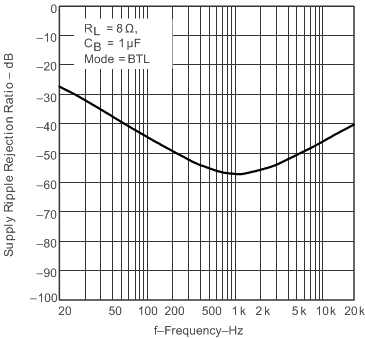 Figure 1. Supply Ripple Rejection Ratio
Figure 1. Supply Ripple Rejection Ratiovs Frequency
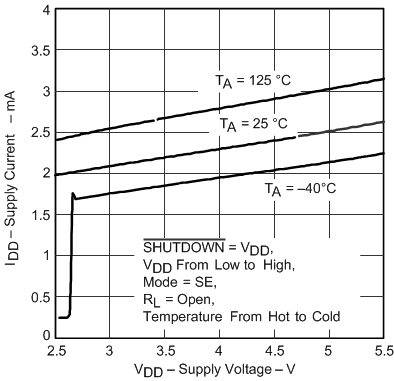 Figure 3. Supply Current vs Supply Voltage
Figure 3. Supply Current vs Supply Voltage
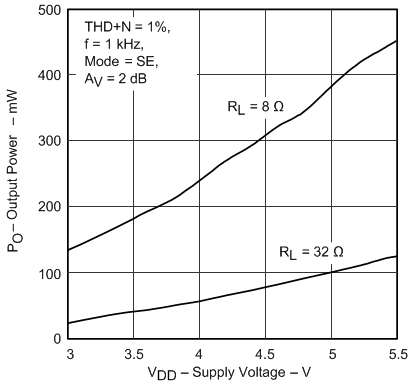 Figure 5. Output Power vs Supply Voltage
Figure 5. Output Power vs Supply Voltage
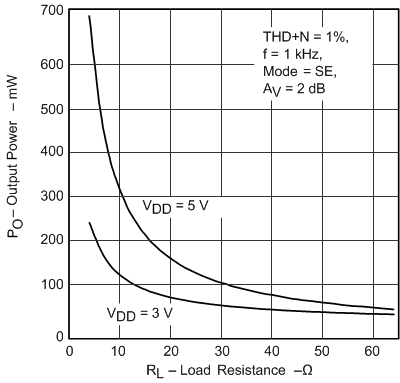 Figure 7. Output Power vs Load Resistance
Figure 7. Output Power vs Load Resistance
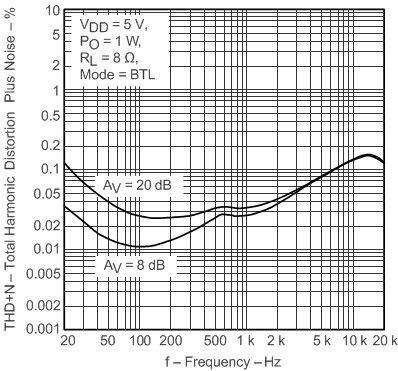 Figure 9. Total Harmonic Distortion Plus Noise
Figure 9. Total Harmonic Distortion Plus Noisevs Frequency
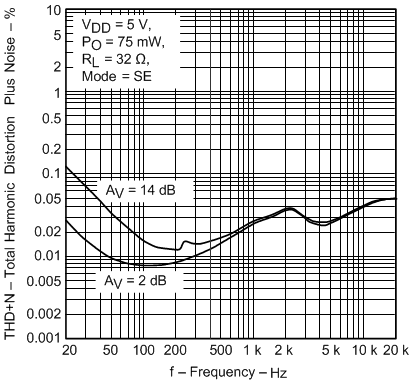 Figure 11. Total Harmonic Distortion Plus Noise
Figure 11. Total Harmonic Distortion Plus Noisevs Frequency
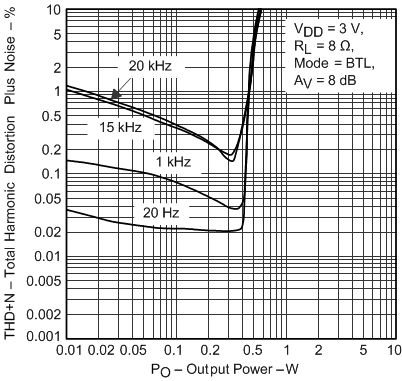 Figure 13. Total Harmonic Distortion Plus Noise
Figure 13. Total Harmonic Distortion Plus Noisevs Output Power
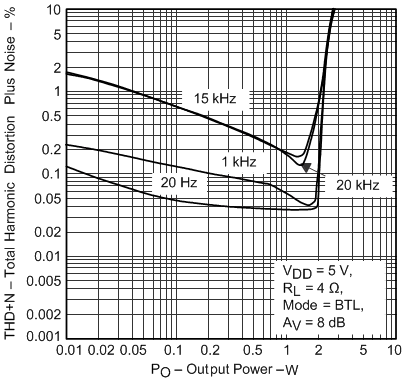 Figure 15. Total Harmonic Distortion Plus Noise
Figure 15. Total Harmonic Distortion Plus Noisevs Output Power
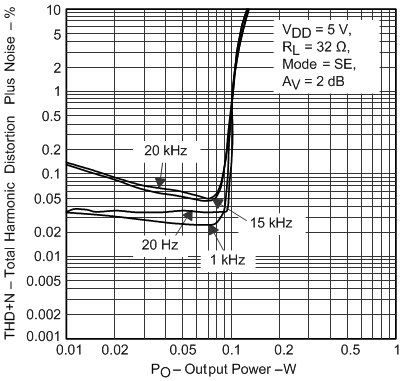 Figure 17. Total Harmonic Distortion Plus Noise
Figure 17. Total Harmonic Distortion Plus Noisevs Output Power
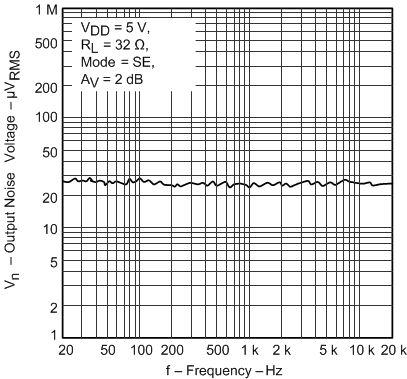 Figure 19. Output Noise Voltage vs Frequency
Figure 19. Output Noise Voltage vs Frequency
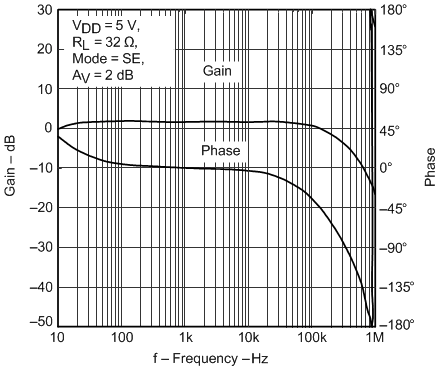 Figure 21. Closed Loop Response
Figure 21. Closed Loop Response
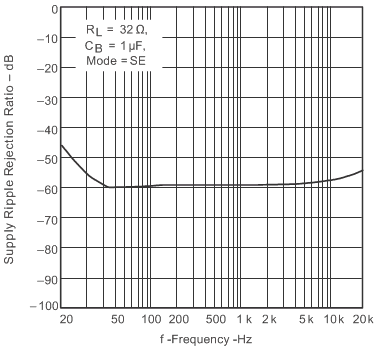 Figure 2. Supply Ripple Rejection Ratio
Figure 2. Supply Ripple Rejection Ratiovs Frequency
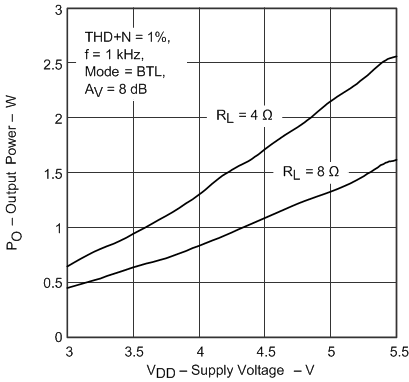 Figure 4. Output Power vs Supply Voltage
Figure 4. Output Power vs Supply Voltage
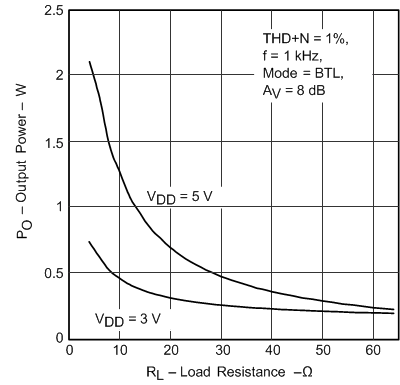 Figure 6. Output Power vs Load Resistance
Figure 6. Output Power vs Load Resistance
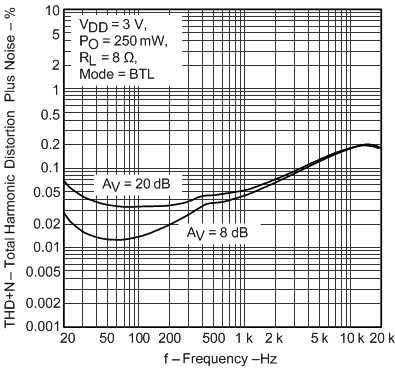 Figure 8. Total Harmonic Distortion Plus Noise
Figure 8. Total Harmonic Distortion Plus Noisevs Frequency
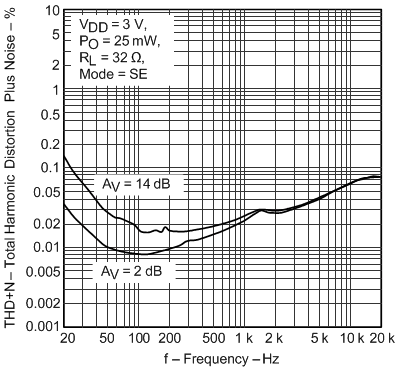 Figure 10. Total Harmonic Distortion Plus Noise
Figure 10. Total Harmonic Distortion Plus Noisevs Frequency
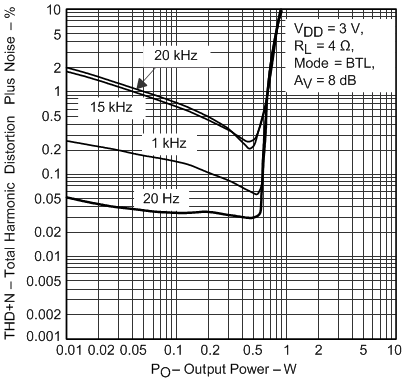 Figure 12. Total Harmonic Distortion Plus Noise
Figure 12. Total Harmonic Distortion Plus Noisevs Output Power
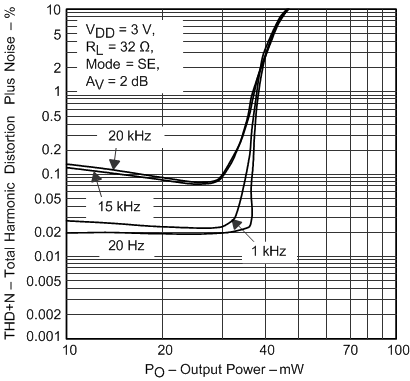 Figure 14. Total Harmonic Distortion Plus Noise
Figure 14. Total Harmonic Distortion Plus Noisevs Output Power
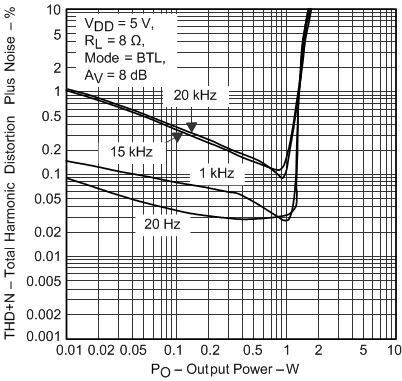 Figure 16. Total Harmonic Distortion Plus Noise
Figure 16. Total Harmonic Distortion Plus Noisevs Output Power
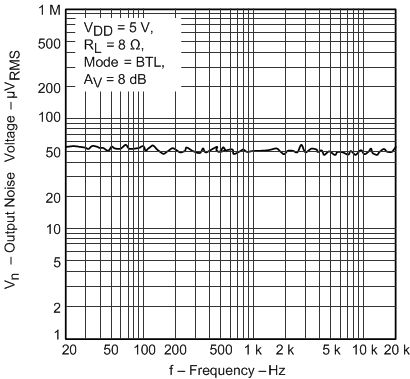 Figure 18. Output Noise Voltage vs Frequency
Figure 18. Output Noise Voltage vs Frequency
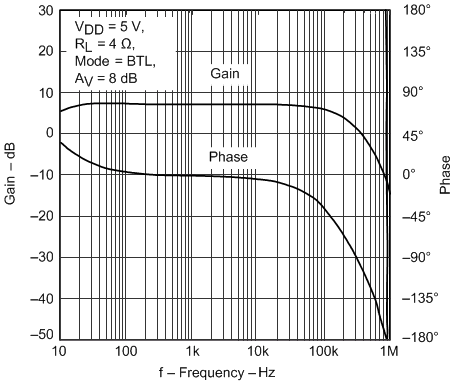 Figure 20. Closed Loop Response
Figure 20. Closed Loop Response